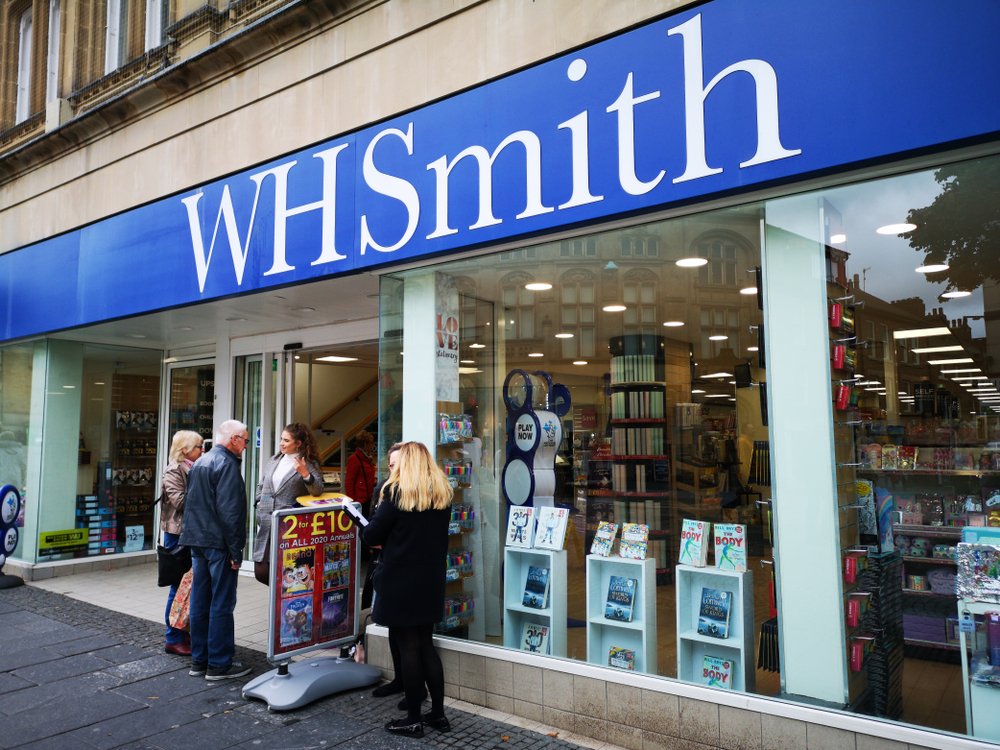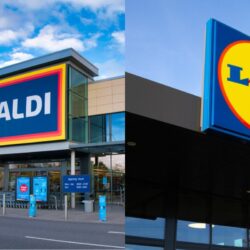Valentine‘s, Mother‘s Day and Easter are all key gifting events on the retail calendar. But are UK stores meeting shopper expectations and maximising the opportunity? Isla Kirby, Creative Strategist at Savvy Marketing‘s team gives her thoughts.
Love it or loath it, key calendar events such as Valentine‘s Day are impossible to ignore. As the second most popular occasion of the year to exchange cards, Valentine‘s for example, has grown as an industry to be worth a massive £2.3 billion in the UK alone according to The Journal, with the average spend standing at £119 per person. With these statistics, you don‘t have to be an old romantic kind of retailer to want to get involved, but the path to making sure you‘re the one for your shoppers may not be as easy as you think.
So what does it take to get seasonal event offers right? At a fundamental level, the difference between a disruptive visual display with a clear and compelling message and something that doesn‘t quite hit the mark is obvious and it‘s hard to understand how and why some retailers still fall short on the basics. We‘ve seen too many campaigns that fail to put forward a point of difference – or fully explain their offer clearly – and it‘s this that can really inspire shoppers. This in itself is a missed opportunity; research from activity in America last year found that 84 percent of shoppers who purchased items for Valentine‘s Day were conscious of instore marketing, with the basic POS item of shelf tags driving the strongest awareness. This suggests highly engaged shopper behaviour, something that has been backed up by our own propriety research.
In our monthly Savvy Shopper Panel last month, we found 58 percent of female and 50 percent of male shoppers agree or strongly agree with the statement that Valentine‘s Day is a special day. Moreover 46 percent of females and 53 percent of males agree or strongly agree that they don‘t mind spending more to make this event special. On this evidence alone, it seems there might be a lot to gain for those retailers who put a bit more love into their campaigns. But what do the lovers long for and is this being backed up by the retail experience in store?
It‘s unsurprising that roses were still a key feature of Cupid‘s celebrations; this year the Huffington Post estimated 110 million would be delivered, but flowers are not the only item that appeared on shopping lists and more importantly, not the only token of affection shoppers actually wished for. In our survey we found the gifts or items most craved were flowers, cards and restaurant meals by women and restaurant meals followed by cards and chocolates by men. So far, so consistent, where it becomes more interesting is the question of what UK shoppers actually planned to buy.
Again in our Savvy Shopper Panel we found male shoppers had restaurant meals, flowers and chocolates on their lists whilst females cited novelty socks, then cuddly toys and lingerie as their most likely purchases. However, only four percent of men actually wanted a cuddly toy and four percent hoped for a pair of socks so there may have been considerable disappointment in store for the guys on the special day! For that one day of the year it appeared men actually made for much better shoppers – but how did these hopes and intentions match up with what was visible in store?
On a general level, the retailers got off to a slow start this year, with most only activating ten days out. Disappointingly, many presented uninspiring displays that failed to maximise the opportunity with a market of shoppers who were willing to part with their cash. Interestingly, discounting and promotional activity was evident across categories – particularly noticeable with confectionary, cards and jewellery retailers. This begs the question of whether margins are being missed with a shopper who is keen spend more to make the day specia
RELATED STORIES

















